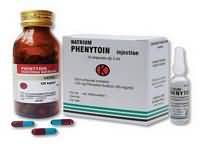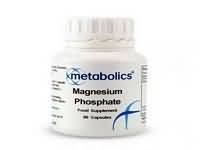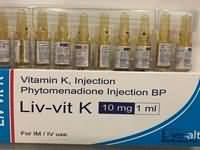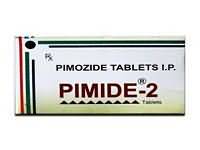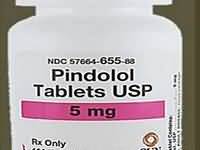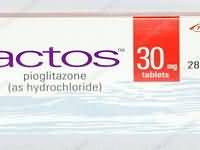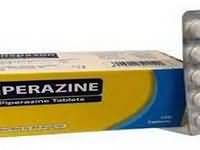ramipril
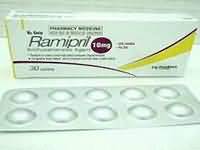
CLINICAL USE
Angiotensin-converting enzyme inhibitor:Hypertension Secondary prevention of myocardial infarction (MI), stroke or cardiovascular deathHeart failureDOSE IN NORMAL RENAL FUNCTION
1.25–10 mg once a dayProphylaxis after a MI: 2.5–5 mg twice dailyPHARMACOKINETICS
DOSE IN RENAL IMPAIRMENT
GFR (mL/MIN)
DOSE IN PATIENTS UNDERGOING RENAL REPLACEMENT THERAPIES
IMPORTANT DRUG INTERACTIONS
Potentially hazardous interactions with other drugsADMINISTRATION
Reconstition
–Route
OralRate of Administration
–Comments
–OTHER INFORMATION
Metabolised to active metabolite, ramiprilatRenal failure has been reported in association with ACE inhibitors in patients with renal artery stenosis, post renal transplant, and those with congestive heart failureA high incidence of anaphylactoid reactions has been reported in patients dialysed with high-flux polyacrylonitrile membranes and treated concomitantly with an ACE inhibitor – this combination should therefore be avoidedHyperkalaemia and other side effects more common in patients with impaired renal functionClose monitoring of renal function during therapy is necessary in those patients with known renal insufficiencyNormal doses have been used in CKD 5 .
See how to identify renal failure stages according to GFR calculation
See how to diagnose irreversible renal disease
Home
